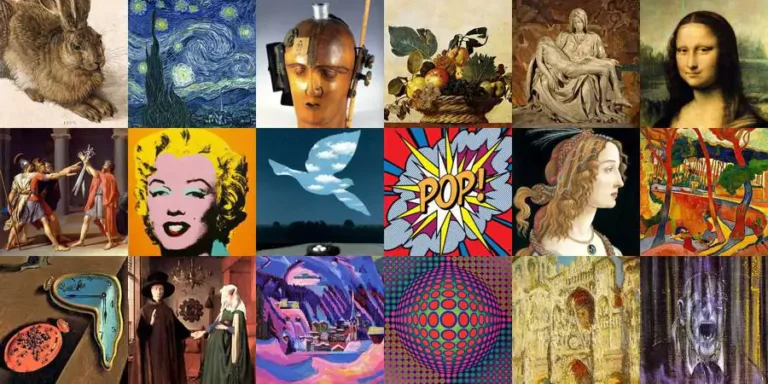Looking for a muse? Check no further. Discover the Best of Art, Culture, History & Beyond!
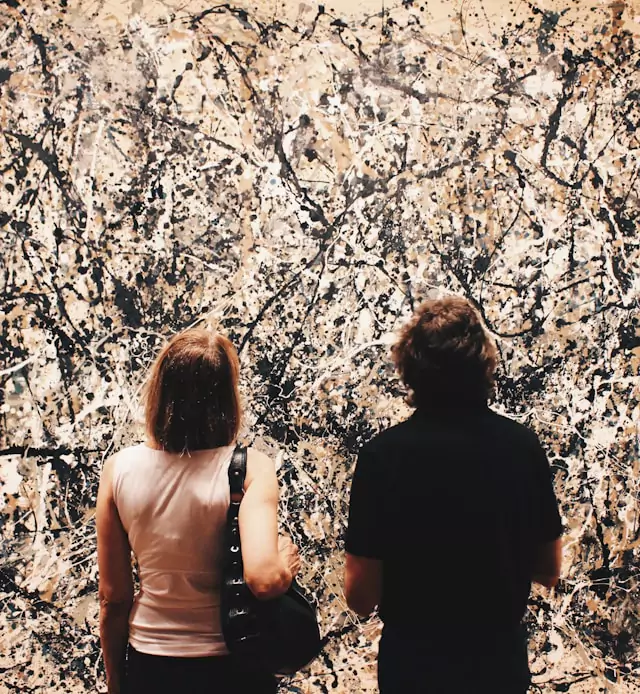
What Am I Looking At? A Beginner’s Guide to Identifying Different Art Movements
So, you’re standing in front of a painting, maybe in a museum, maybe scrolling through Instagram, and you’re thinking: What am I even looking at? Is it a masterpiece or just some squiggles on a canvas? Could it be a Renaissance classic, an Impressionist dream, or some mind-bending Surrealist vision?
Don’t worry—you’re not alone. Art history is a massive, winding road filled with styles that have evolved, rebelled, and reinvented themselves over centuries. This guide is here to help you decode 15 of the most popular art movements, giving you a quick cheat sheet on what defines them and when they emerged.
By the end of this, you’ll be the person confidently nodding at a painting instead of just saying, “Hmm… interesting.”
1. Antique Art – Idealized Realism & Mythological Influence (c. 500 B.C.–476 A.D.)
Roman art borrowed heavily from the Greeks, refining the classical style but making it more realistic. Sculptures of emperors, gods, and philosophers were often made in marble or bronze, emphasizing idealized but lifelike anatomy, detailed drapery, and a sense of authority. If you see a marble bust with piercing eyes and finely carved curls, chances are you’re looking at Roman or Greek influence.
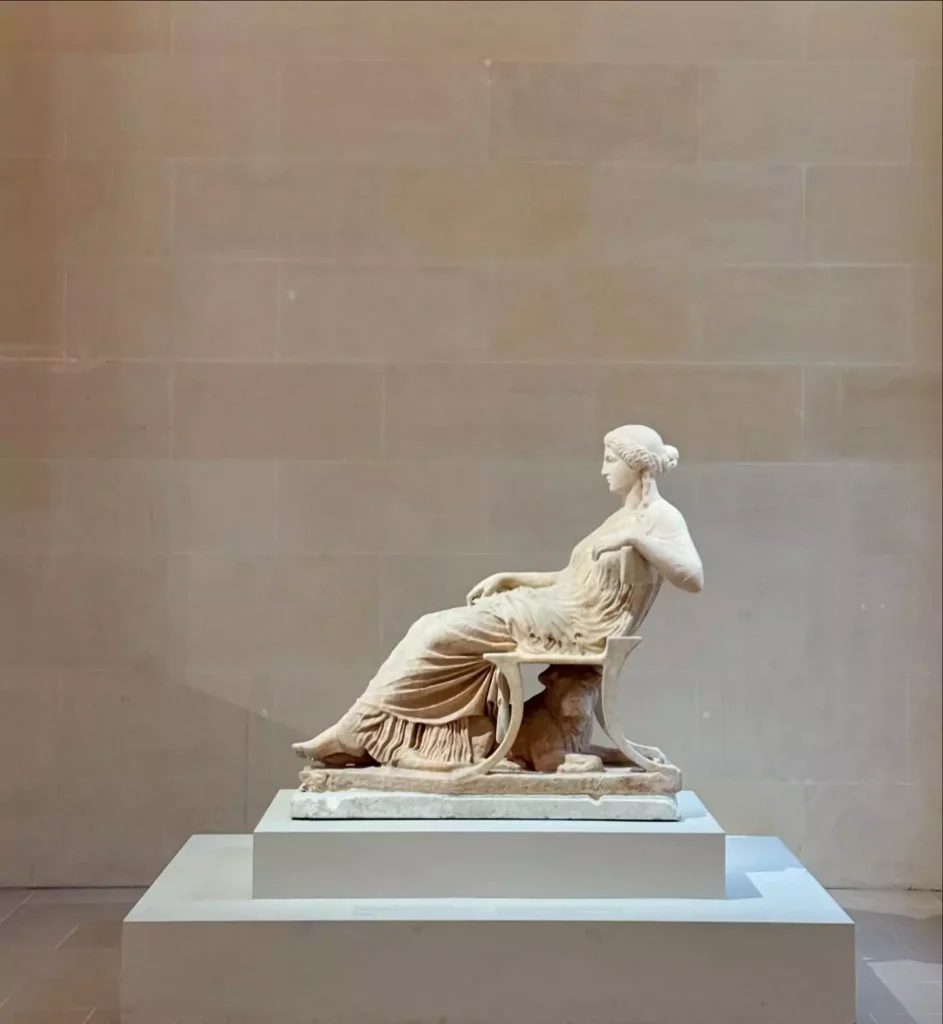
Key features:
- Realistic human anatomy
- Idealized beauty, inspired by Greek models
- Busts of emperors, mythological figures
- Use of Pentelic marble or bronze
2. Early Renaissance – The Dawn of Perspective & Humanism (c. 1300–1500)
If you spot a painting that suddenly has depth, space, and people looking more human than stiff medieval figures, you’re likely looking at Early Renaissance art. Artists like Giotto and Bonaventura Berlinghieri (creator of the Saint Francis panel) revived naturalism, perspective, and emotional storytelling—marking the beginning of art’s golden age.
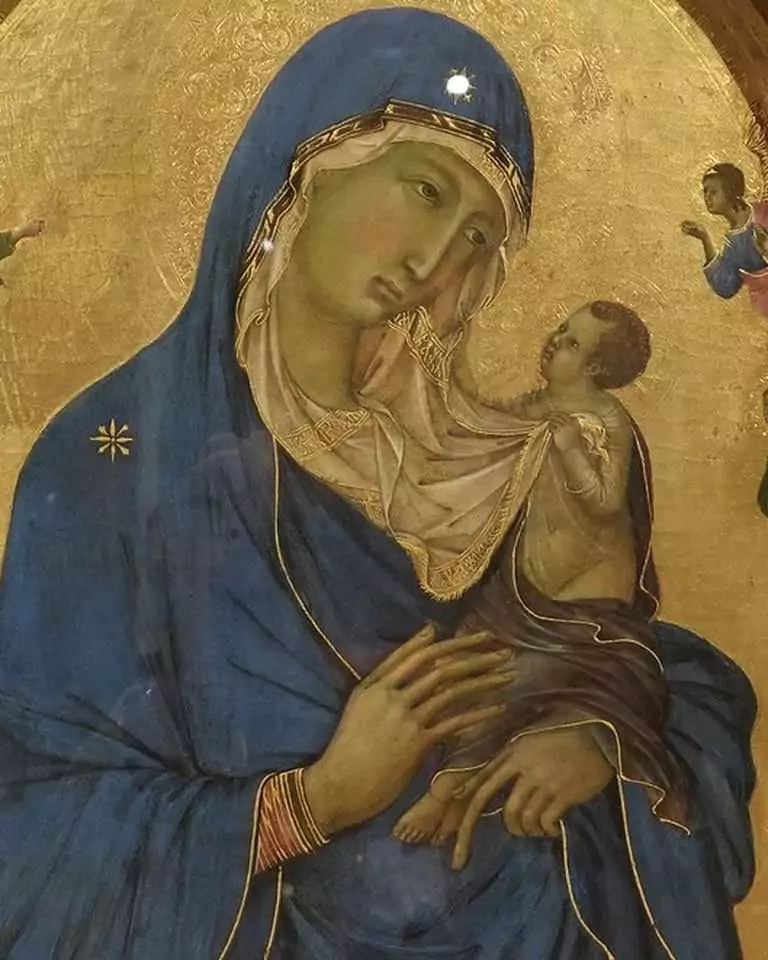
Key features:
- Use of linear perspective (depth and space in paintings)
- Religious subjects with more naturalistic figures
- Frescoes, tempera panels, and altarpieces
- Rich symbolism (look for angels, saints, and gold halos!)
3. Renaissance (1450s–1600s) – The Birth of Perspective and Perfection
You know those grand, perfectly proportioned paintings with biblical scenes, flowing robes, and faces that seem full of divine serenity? That’s Renaissance art. Think Leonardo da Vinci, Michelangelo, and Raphael.

Key Features:
- Perfect human anatomy,
- realistic perspective,
- balanced composition, r
- eligious or mythological themes.
Tip-Offs: If it looks like it belongs in the Vatican or a cathedral, it’s probably Renaissance 😉.
4. Northern Renaissance – Hyper-Detailed Realism & Symbolism (c. 1400–1600)
While the Italian Renaissance was obsessed with beauty and ideal proportions, the Northern Renaissance (think Dürer, Jan van Eyck, Bosch) focused on ultra-precise details, realistic textures, and deep symbolism. If a painting looks so detailed that you can see every wrinkle on a merchant’s face or every hair in a fur collar, you’re likely in Northern Renaissance territory.
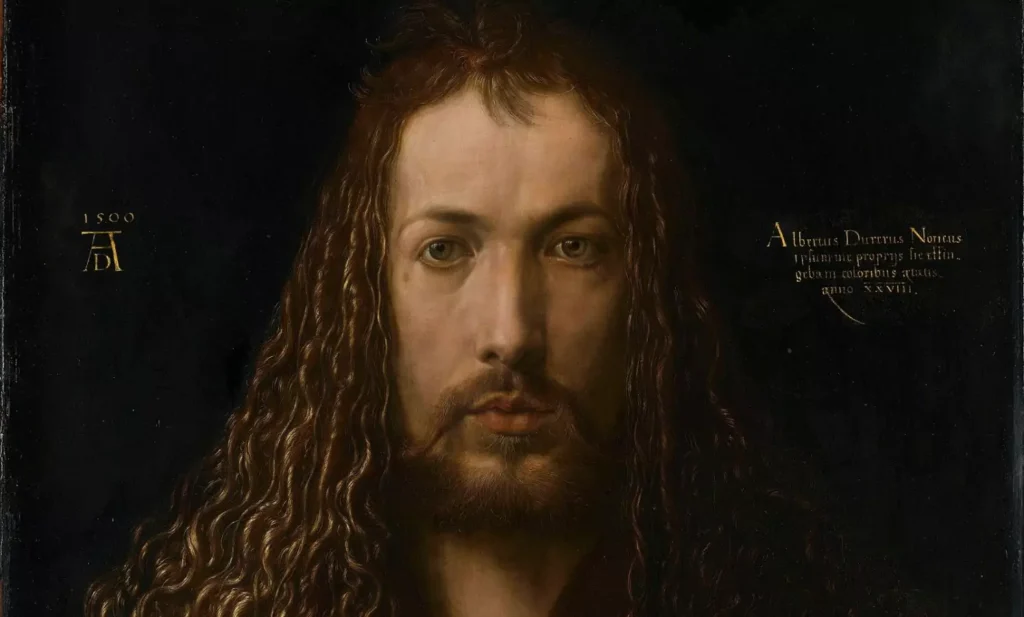
Key features:
- Extreme realism (detailed faces, fabrics, and reflections)
- Hidden symbols (flowers, skulls, and books all mean something!)
- Mastery of oil paint for glowing, luminous surfaces
- Woodcut prints and engravings (Dürer’s specialty)
5. Baroque (1600s–1700s) – Drama, Drama, Drama
If Renaissance art was refined and balanced, Baroque cranked up the emotion. These paintings have deep shadows, intense light, and dramatic action. Think Caravaggio, Rubens, and Rembrandt.

- Key Features: Strong contrasts (chiaroscuro), intense movement, deep emotion, grand compositions.
- Tip-Offs: If it looks like a candle is lighting the entire scene, it’s probably Baroque.
6. Rococo (1700s) – Light, Fluffy, and a Bit Naughty
Rococo is Baroque’s playful younger sibling. Instead of drama, it’s all about romance, pastel colors, and aristocratic leisure. Think Fragonard’s “The Swing.”
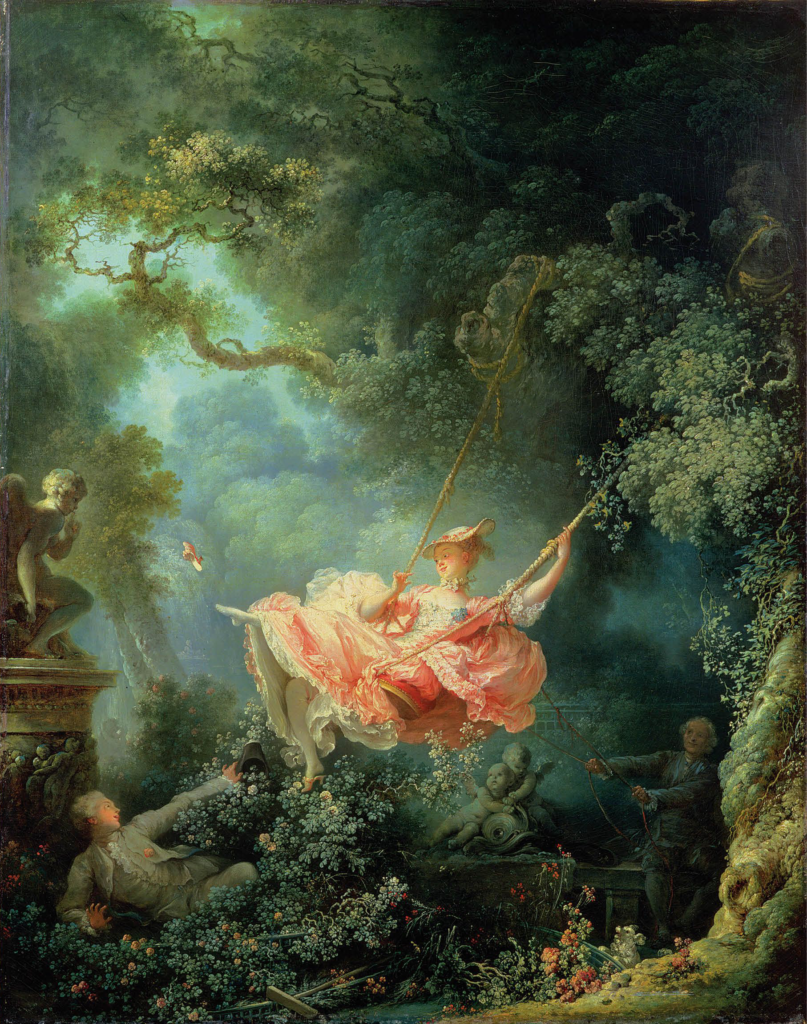
- Key Features: Soft pastel colors, playful themes, decorative details, outdoor garden settings.
- Tip-Offs: If it looks like an 18th-century Instagram influencer’s dream, it’s Rococo.
7. Neoclassicism (1700s–1800s) – Ancient Rome Reborn
After the fluff of Rococo, Neoclassicism brought back order and discipline. Inspired by ancient Greece and Rome, it’s all about heroic figures and serious themes. Think Jacques-Louis David and his iconic “Oath of the Horatii.”
- Key Features: Crisp lines, statuesque figures, historical or mythological themes, muted colors.
- Tip-Offs: If it looks like a scene from a Roman history book, it’s Neoclassical.
8. Romanticism (1800s) – Emotion Over Rules
Romanticism threw out strict rules in favor of intense emotion, dramatic landscapes, and heroic figures. Think Goya, Delacroix, Géricault, and Turner.

- Key Features: Wild landscapes, expressive brushstrokes, dramatic lighting, strong emotion.
- Tip-Offs: If it feels like it could be the cover of a fantasy novel, it’s probably Romanticism.
9. Realism (1800s) – Everyday Life, Unfiltered
Realism turned away from myths and gods to focus on real people and real life. Think Courbet, Millet, and Manet’s early works.

- Key Features: Ordinary people, earthy tones, detailed textures, rejection of idealized beauty.
- Tip-Offs: If it looks like someone just painted a snapshot of daily life, it’s Realism.
10. Impressionism (1860s–1890s) – Catching the Light
Impressionists wanted to capture fleeting moments—light, movement, and atmosphere—rather than polished realism. Think Monet, Renoir, and Degas.
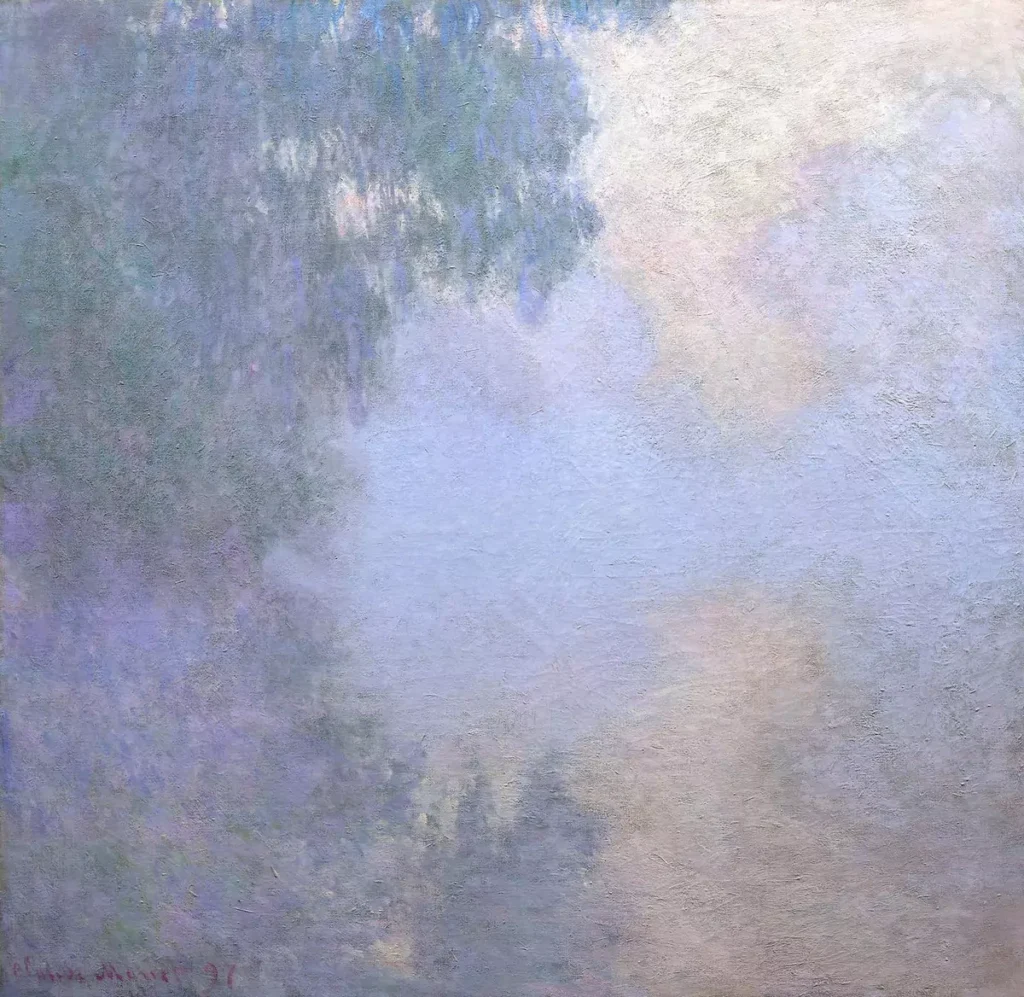
- Key Features: Loose brushstrokes, bright colors, outdoor scenes, emphasis on light and shadow.
- Tip-Offs: If it looks like a blurry, dreamy sunset, it’s Impressionism.
11. Post-Impressionism (1880s–1910s) – The Next Step
Post-Impressionists took the idea of Impressionism and added personal style. Think Van Gogh, Gauguin, and Cézanne.
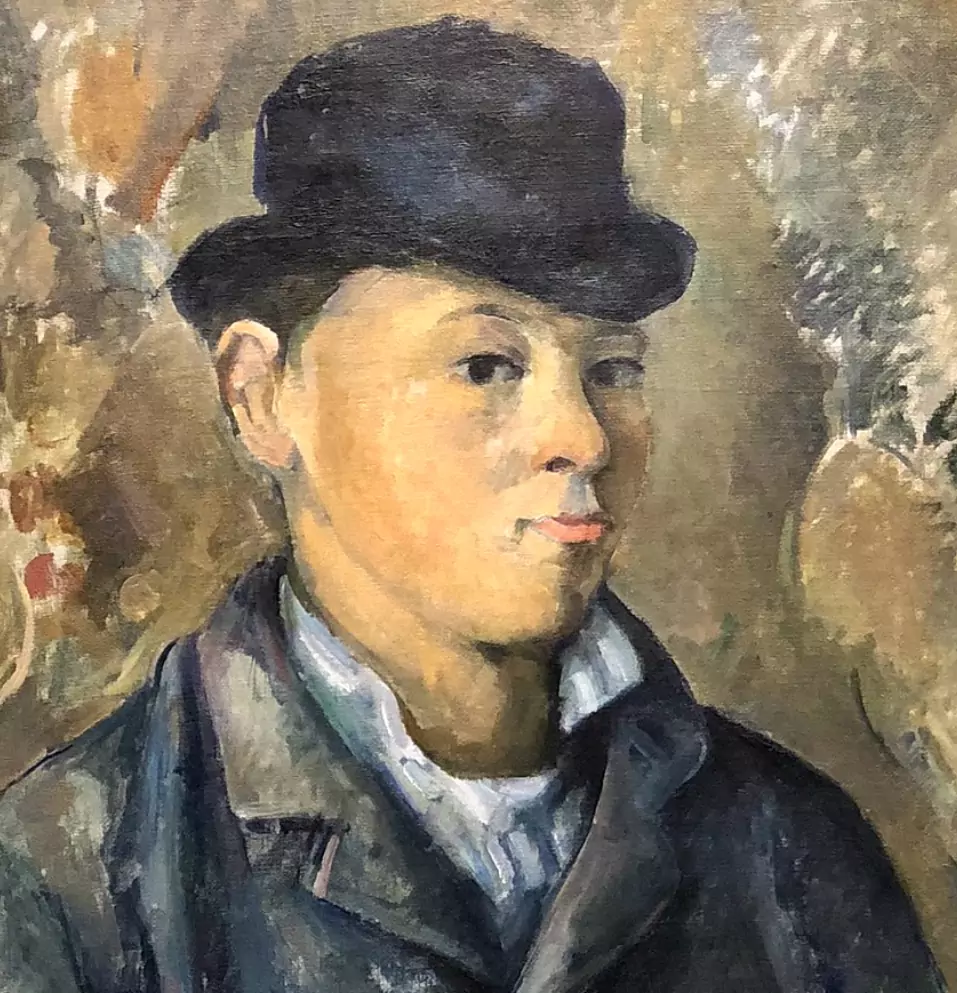
- Key Features: Bolder colors, more structure, exaggerated forms, swirling brushstrokes.
- Tip-Offs: If it looks like Impressionism but on steroids, it’s Post-Impressionism.
12. Symbolism (1880s–1910s) – Dreams and Myths
Symbolism was less about reality and more about emotion, dreams, and mysticism. Think Gustave Moreau and Edvard Munch.

- Key Features: Dark themes, dreamlike settings, symbolic imagery, ethereal colors.
- Tip-Offs: If it looks like a dream or a nightmare, it’s Symbolism.
13. Art Nouveau (1890s–1910s) – Nature in Every Curve
Art Nouveau is all about elegant, flowing lines inspired by nature. Think Alphonse Mucha and Gustav Klimt.
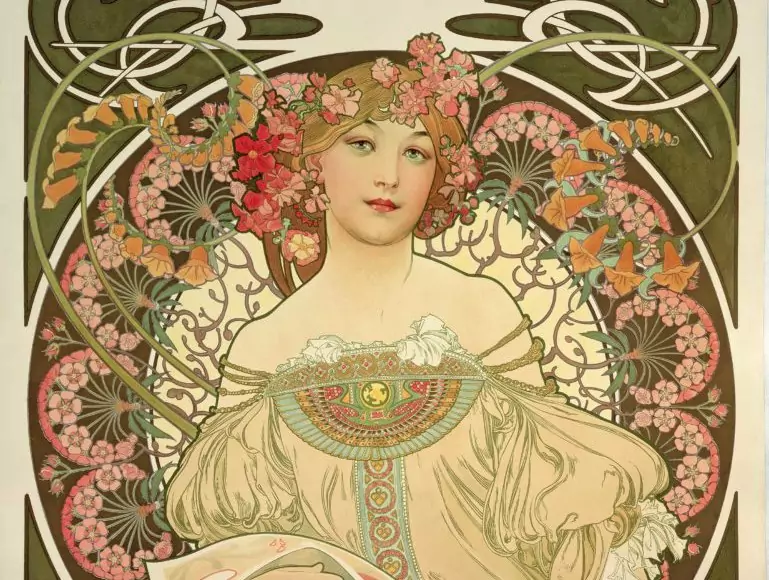
- Key Features: Floral patterns, curved lines, decorative details, pastel and gold hues.
- Tip-Offs: If it looks like a fancy vintage poster, it’s Art Nouveau.
13. Cubism (1907–1930s) – Breaking Reality Apart
Cubism, pioneered by Picasso and Braque, shattered objects into geometric shapes, showing multiple perspectives at once.

- Key Features: Fragmented forms, muted colors, abstracted perspective.
- Tip-Offs: If it looks like a puzzle that’s been taken apart, it’s Cubism.
14. Dada (1916–1924) – Art as a Joke
Dada was the ultimate anti-art movement, rejecting tradition in favor of chaos and absurdity. Think Duchamp’s “Fountain” (aka a urinal).
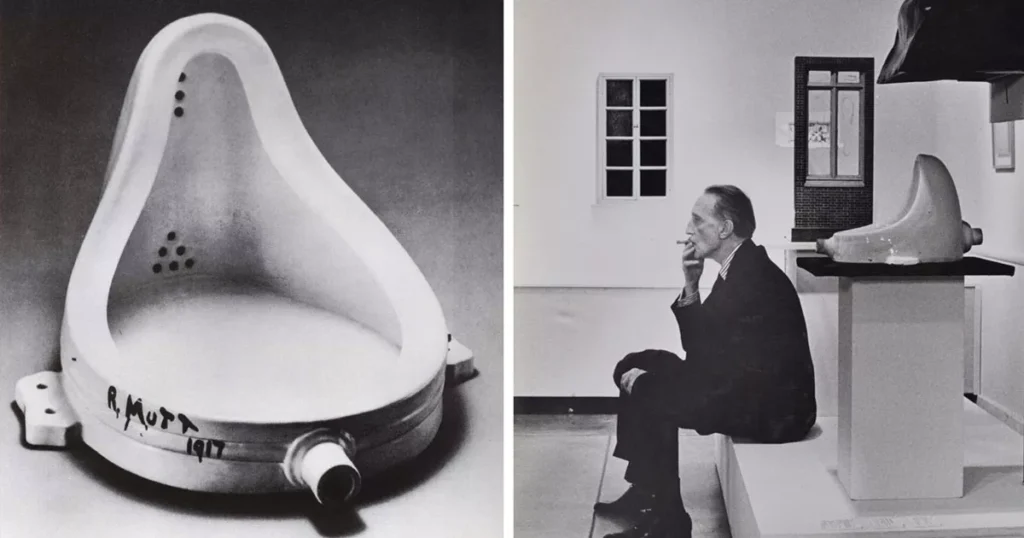
- Key Features: Nonsense, randomness, found objects, political statements.
- Tip-Offs: If it makes you go, “Is this even art?”—it’s Dada.
15. Surrealism (1920s–1950s) – The Dream World
Surrealists like Dalí, Magritte, and Miró created art inspired by dreams and the subconscious.
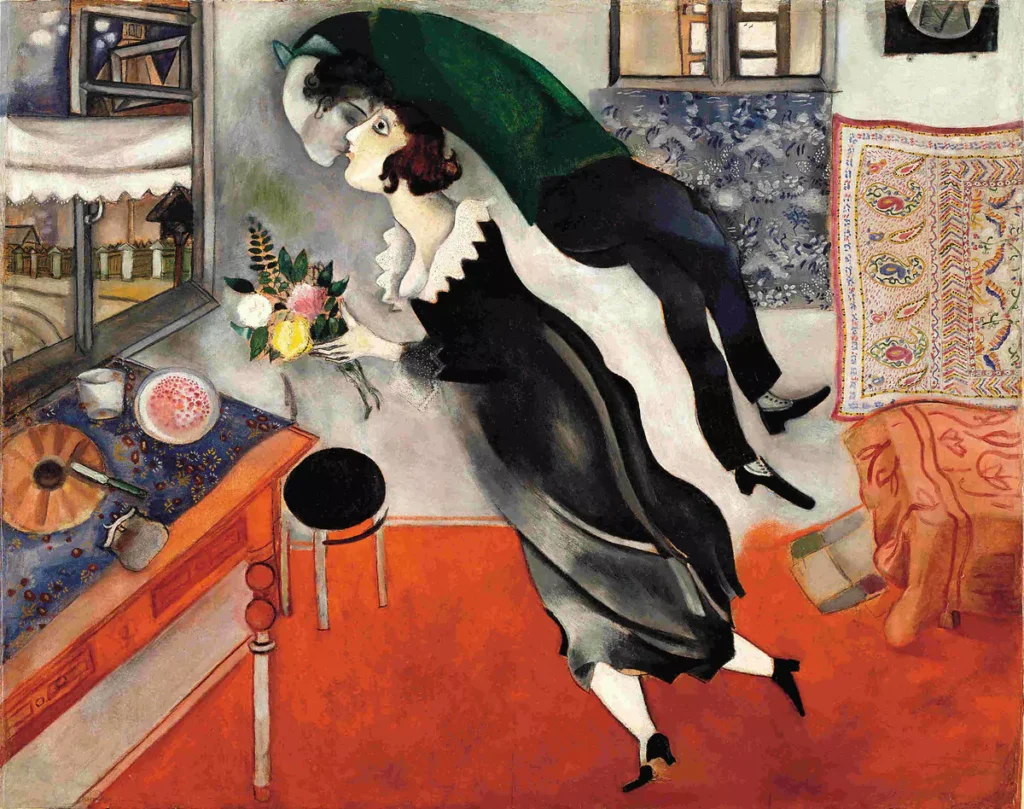
- Key Features: Strange juxtapositions, dreamlike imagery, melting clocks, floating objects.
- Tip-Offs: If it looks like something out of a weird dream, it’s Surrealism.
16. Abstract Expressionism (1940s–1960s) – Paint as Emotion
Abstract Expressionists like Pollock and Rothko saw painting as an act of pure expression, rejecting traditional forms.

- Key Features: Large canvases, splattered or bold brushstrokes, emotional intensity.
- Tip-Offs: If it looks like pure movement and energy, it’s Abstract Expressionism.
17. Pop Art (1950s–1970s) – Pop Culture on Canvas
Pop Art took everyday objects—comic strips, soup cans—and turned them into high art. Think Warhol, Lichtenstein, and Hockney.

- Key Features: Bright colors, commercial imagery, repetition, irony.
- Tip-Offs: If it looks like a comic book or an ad, it’s Pop Art.
18. Hyperrealism – Art That Looks Like a Photograph (c. 1960s–present)
If you see a painting and think, Wait, is that a photograph?—you’re probably looking at Hyperrealism. This movement takes photorealism to the extreme, capturing every wrinkle, pore, and texture with unbelievable precision. Often seen in portraits, urban scenes, and still lifes, Hyperrealist art tricks the eye into seeing reality in a surreal way.
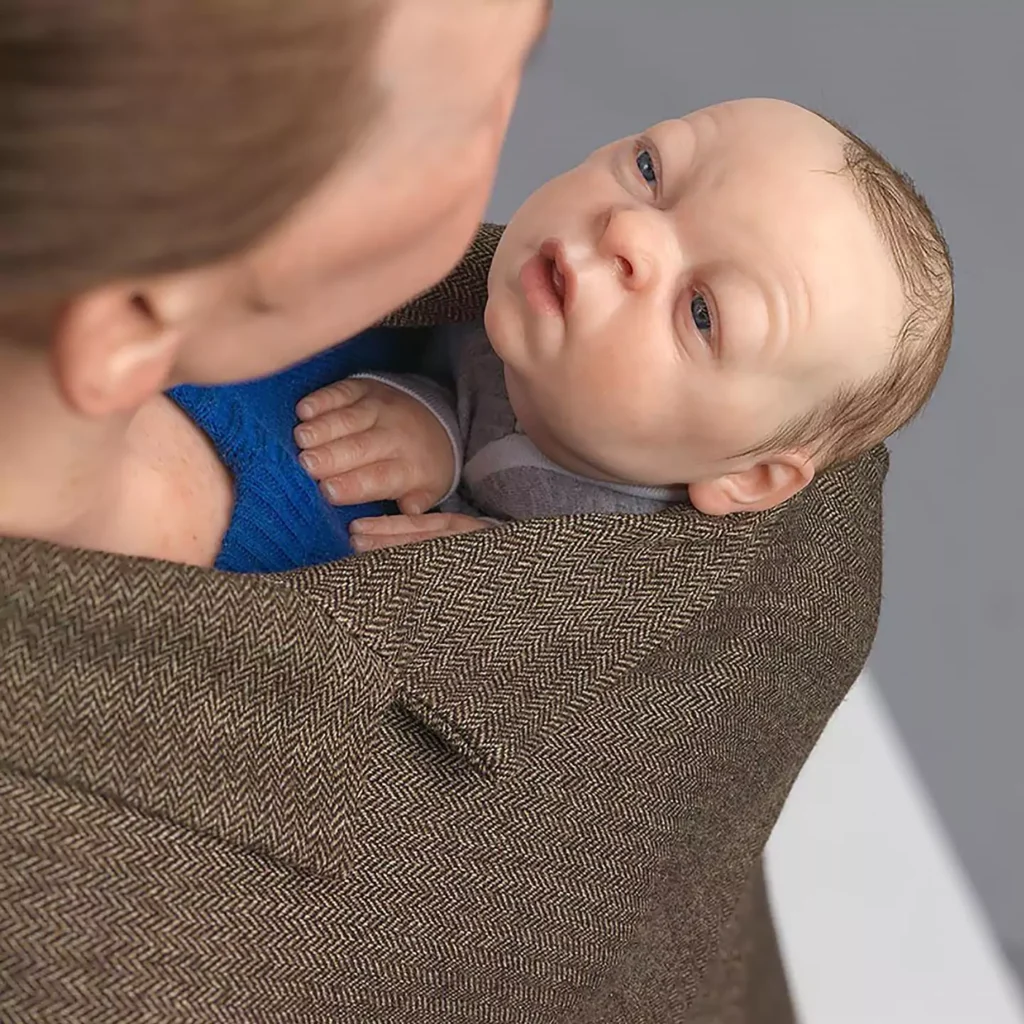
Key features:
- Extreme detail (skin pores, reflections, fabric textures)
- Hyper-realistic lighting and shadows
- Subjects often include people, cityscapes, and still-life objects
- Large-scale, bold compositions
19. Contemporary Art (1970–Present) – Anything Goes!😉

Final Thoughts
Next time you’re staring at a painting, you’ll have a better idea of what you’re looking at. Art isn’t about knowing everything—it’s about exploring, questioning, and finding what speaks to you.

This article is published on ArtAddict Galleria, where we explore the intersections of art, history, and culture. Stay tuned for more insights and discoveries!
